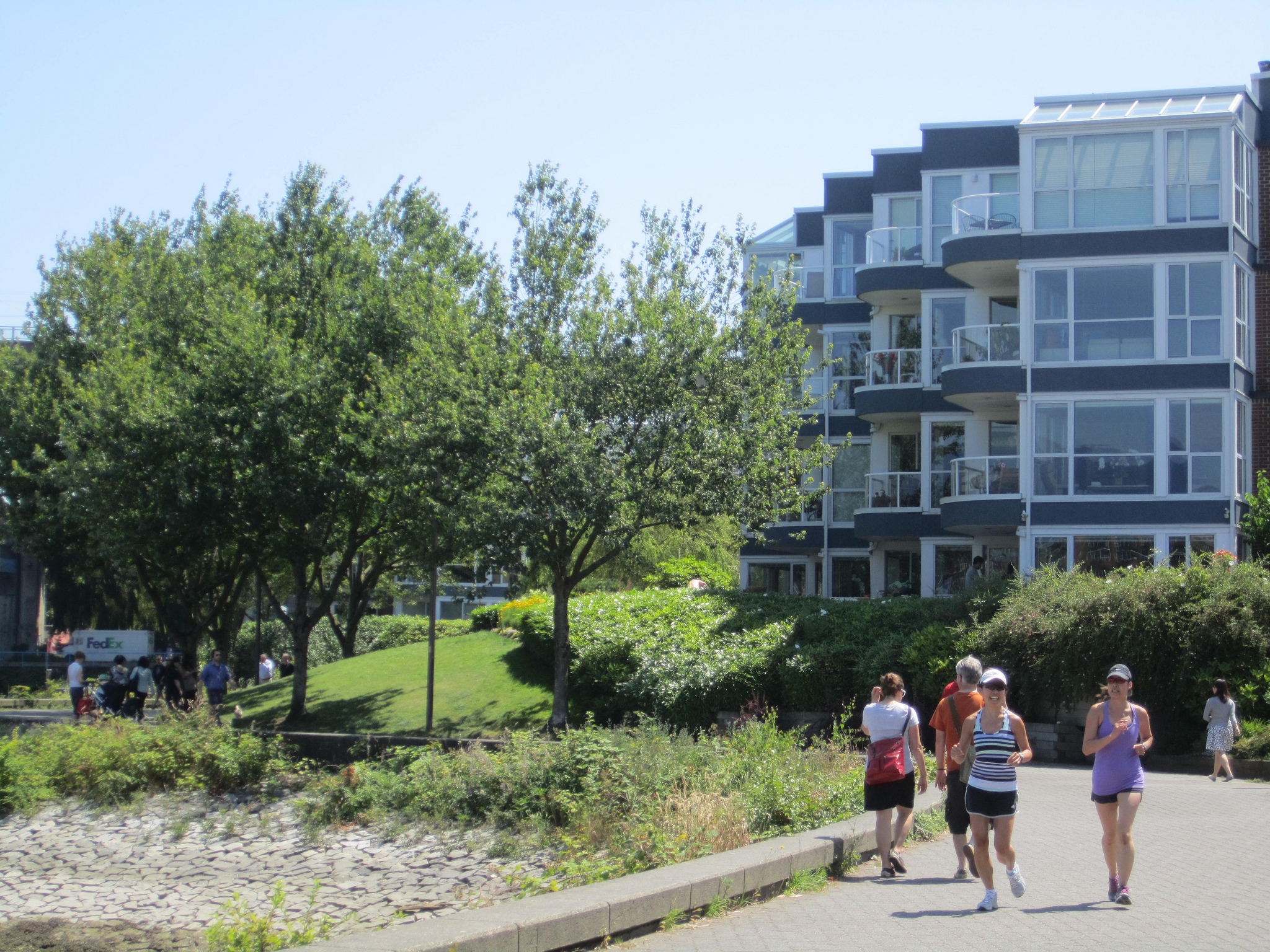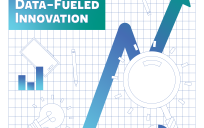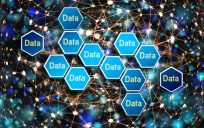This interview is an excerpt from GovLoop’s recent guide, What the Internet of Things Means for the Public Sector, which explores insights and best practices into how government is using automated machine-to-machine transactions and implementing IoT in the public sector.
Hitachi Data Systems Federal (HDS Federal) focuses on the Internet of Things that matter. Using the interconnection of mission-critical systems, the company works to leverage advanced data analytics for large amounts of sensor information. The data is incorporated into Hitachi’s social innovation initiative that aims to create a safer, smarter, and healthier society. Particular focus areas include public safety, healthcare, transportation, energy, telecom, and IT analytics.
GovLoop sat down with Christian Heiter, CTO of HDS Federal, to hear how they are leveraging the Internet of Things (IoT) and predictive analytics to improve overall quality of life for the citizens of the United States and government employees.
While many tend to think about IoT in terms of data and smart homes, Hitachi considers it a way to improve quality of life for society. “What we’re trying to do is take it to the next level by interconnecting infrastructure, like power plants, traffic management, and safety information,” Heiter said. He cited examples of providing macro-level capabilities by improving social infrastructure, like redirecting traffic in a city so drivers are not as vulnerable to accidents. He also discussed how Hitachi’s data analytics and social platform combined can be used for improving public safety.
“We do a lot of work with construction machinery. It’s very expensive equipment with a huge number of sensors on them,” he said. “Using our products, we can identify maintenance issues, schedule maintenance, reroute, and plan with geo-location. This let’s us help public employees work smarter, more efficiently, and be more proactive in terms of equipment maintenance.”
While IoT is helping with infrastructure issues, there are still data issues to understand. “One of the biggest problems everybody is dealing with, whether it’s a federal or commercial agency, is the huge volume of data. There’s a tidal wave of information increasing day by day,” Heiter said. “We have much more advanced sensors that provide more data. So we need to be much smarter about how we do the analytics.”
Eventually, Heiter hopes most of Hitachi’s analytic capabilities and activities can be fully automated. “Let’s take the intelligence, take the expertise, and automate as much as possible, and get it to the point where you only require human intervention when there’s a problem flagged by the system,” he said.
One important step in leveraging the massive amounts of data that IoT generates is encrypting the data where necessary to allow access to those with certified credentials. It’s also important to properly store data. “We want to make sure the data is secure, not only from a privacy point of view, but also from a data integrity and quality point of view,” Heiter said.
Heiter emphasized that IoT cannot be analyzed or implemented properly without collaborative efforts between industry, the federal government, and the private sector. “We need to work together as a whole, both the federal and commercial sector, on building a consistent set of standards that everyone can employ,” Heiter said.
“If we have those consistent strategies for protecting the information, along with the appropriate policies, then I think that will enable the government and commercial sector to become much more efficient. We won’t have so many ways to solve the same problem,” he said.
The trend in government seems to be IoT on an agency-by-agency basis, which leads to disparate policies, strategies, and subsequent analysis and use of data. Heiter pointed out the following: “If we want to make the government more efficient, then some collaboration would be helpful in improving efficiency and security. From a commercial point of view, it could create entirely new business models.”
In addition to promoting better innovation, HDS Federal can be used by public safety departments to leverage IoT for the protection of citizens. One method is through using video images and sensors to provide predictive analysis, so that government can better protect large crowds of citizens, like during parades or inaugural events.
“We have a public safety vertical, and what we’ve done there is bring in some companies to provide video and sensor information that allows us to protect critical infrastructures, whether they’re nuclear power plants, government facilities, or airports,” Heiter said. “By monitoring and providing data through video images, ground-based sensors, geo-located information, or vibration information, we can protect facilities from being attacked by bad actors.”
Heiter concluded, “What makes Hitachi different is that we are the generators of our own data. We’re solving our own problems and trying to use what we learn to help other communities, government, and commercial entities leverage the capabilities in an efficient manner and improve quality of life for all.”
Photo Credit: Flickr/La Citta Vita





Leave a Reply
You must be logged in to post a comment.